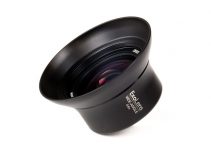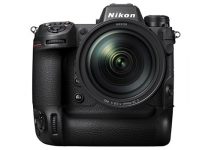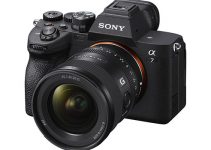Apple has always been the object of a kind of love-hate relationship from creatives and content creators. The love roots back in time, to the old times of System 9, the OS before OSX, when the vast majority of graphics and visual content was developed on Mac. Time went by, Avid became cross-platform, Adobe improved Premiere Pro CC, and Windows has finally turned into a feasible option for a production studio.
So now, since the Apple tax has become more and more important, many filmmakers are transitioning to Windows. But what if you want the sleek MacOS performance and design, but at a Windows’ system price? The answer is Hackintosh. Drawbacks are there, sure, but also a lot of advantages. That being said, here is a Windows custom build by Bizon that Max Yuryev is going to test against an iMac Pro.
One major disclosure – Bizon does not make Hackintoshes, instead what we have here is a great custom build that Max has adapted. If you are interested in assembling your own Hackintosh, you can find plenty of resources online to do so, something like tonymacx86.com. So, let’s get to the part list. This Hackintosh sports a wonderful case, with a nice side panel (that has hinges, that is a nice touch!) and plenty of room for airflow. Inside the case we have:
- Intel Core i7 3.6Ghz 7820X CPU (B&H, Amazon)
- Vega 64 8 GB (B&H, Amazon)
- Ballistix 32GB Sport AT Series DDR4 3000 MHz DR UDIMM Memory Kit (2 x 16GB) (B&H, Amazon)
- 1TB 3500 Mb/s SSD (B&H, Amazon)
That is for the cost of $3,650, a whopping $1,350 less than the comparable iMac Pro. And the gap gets more impressive if you decide to upgrade components. If you tailor your system to have a 14 core CPU or 128Gb of DDR4 RAM, the total goes to roughly 5K for the Bizon versus the huge 10K required for the iMac Pro.
But let’s talk performance. This machine is a nice beast, raw power is not missing in it. In Geekbench, we have slightly better results on the Hackintosh, thanks to higher clocked cores. That is clear from the Cinebench test too, where we have again the advantage of the Hackintosh, although very low.
What is instead truly remarkable is the cooling performance. Under a repeated stress test the peak has been of only 54°, while the iMac goes easily int the 90°+ area, due to it’s cooling being aimed mostly at quietness, although the water cooling is very very quiet. At idle, the Bizon system scores around the 20° mark, while the iMac goes easily over 40, sometimes 50°.
So, it’s cheaper, it’s faster, it’s cooler, everything works and it has wonderful performances… are there no drawbacks? Obviously, it’s not like that. The first one emerges when Max tried to encode in H265 HEVC.
Both the iMac Pro and the Hackintosh lack a dedicated encoding chip, meaning they take a little more, and although both platforms benefit from Apple’s software optimization, some option like 8bit HEVC are simply not available.
So, if you’re not able to pay that Apple tax, the Hackintosh seems to be a good option. Keep in mind, though, what you save on price, you lose it in customer care, warranty, and most of all, you’re violating macOS Eula.
[source: Max Yuryev]
Order Link:
Apple 27″ iMac Pro with Retina 5K Display (Late 2017)
Disclaimer: As an Amazon Associate partner and participant in B&H and Adorama Affiliate programmes, we earn a small comission from each purchase made through the affiliate links listed above at no additional cost to you.




